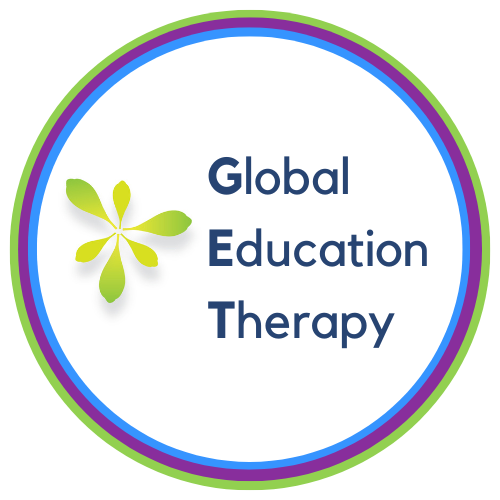Social Skills in Autism Spectrum Disorder: What is Social Reciprocity?
Global Education Therapy, formally known as Worldwide Speech, is the pioneer of online education, speech therapy, and occupational therapy. We have over 12 years of experience providing services online.
According to the DSM-5, to receive a diagnosis of Autism Spectrum Disorder (ASD), certain criteria must be met. A child with Autism has persistent deficits in social communication and social interaction across multiple contexts, as manifested by the following: deficits in social-emotional reciprocity, deficits in nonverbal communicative behaviors, and deficits in developing, maintaining, and understanding relationships.
What is social-emotional reciprocity?
According the Autism Society of Baltimore, the term social reciprocity refers to how the behavior of one person influences and is influenced by the behavior of another person and vice versa. It is the dance of social interaction and involves communication partners working together on a common goal of successful interaction.
Social reciprocity in very young children begins with showing interest in interacting with others and exchanging smiles. This builds to sharing conventional meaning with words, and eventually topics in conversation. Some kids with Autism may not be taking an active role in social games, preferring solitary activities, or using a person’s hand as a tool or a person as if they are mechanical objects. This might lead to not noticing other children’s distress or lack of interest in the topic of conversation.
How can we help?
As speech-language pathologists (SLPs), we develop speech and language goals focused on social language and literacy and assist students with self-regulatory and social interactive functions so they can participate in school, home, and the community. In addition, we provide counseling/education to individuals with autism and their families regarding communication-related issues.
Research shows intervention strategies work best when provided in a child’s natural environment. This article highlights an intervention approach that uses systematic planning to enhance social reciprocity during everyday routines.
Here are 3 easy tips to help your child with autism work on their social reciprocity!
Follow your child’s lead (Contextual support) allows your child to engage in an activity of their choice, getting face-to-face, using fun materials, and providing activities at the child’s developmental level. For example, if your child likes looking at wheels on his toy car, use this opportunity to talk and/or bring your own car and start a race.
Taking Turns (Balanced turn-taking) involves taking turns so that the child has opportunities to be social, talk, and interact with other children. An example of taking turns is to strategically place yourself next to your child’s favorite toy. Then, use this opportunity to “take turns” playing with the toy together.
Change the environment (environmental arrangements) is making opportunities for your child to ask for something that requires your help. For example, if your child loves bubbles, be sure to place the bubbles on a high shelf. Therefore, your child will have to ask or get your attention to get to the bubbles.
At Global Education Therapy, we support and provide guidance to parents so they can implement intervention strategies during everyday routines to allow children with autism to learn in natural environments. Still need help and have questions?
Go to Global Education Therapy for our:
FREE parent handouts
FREE parent resource videos
FREE online parent support group
FREE online webinars
FREE 20 min consultation with Global Education Therapy to see if we can GET the help your child needs!
Resources
https://www.autismspeaks.org/autism-diagnosis-criteria-dsm-5
https://www.baltimoreautismsociety.org/glossary/term/social-reciprocity/
https://www.asha.org/PRPSpecificTopic.aspx?folderid=8589935303§ion=Roles_and_Responsibilities
https://journals-sagepub-com.proxygw.wrlc.org/doi/abs/10.1177/1053451209349531

